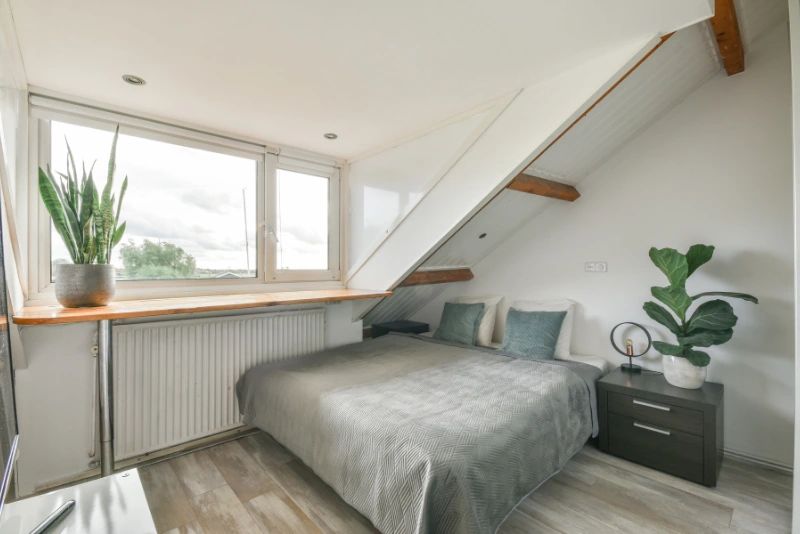Low Pitch Roof Loft Conversions: A Complete Guide for Low Ceiling and Shallow Roofs
Converting a low pitch loft comes with unique challenges, but it is often possible with the right approach. This guide explains what a low pitch roof is, the structural and planning considerations you need to be aware of, and the typical costs involved, with practical ideas to help you make the most of every inch.


.png)





